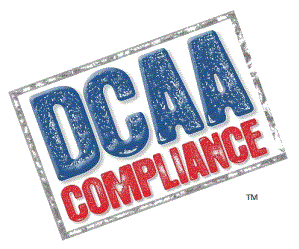April 12, 2013
The fifth chapter of the Contract Audit Manual spends over five thousand words on Budgeting or a little over five percent of the entire chapter. This underscores the importance of the issue from DCAA’s perspective.
Part of the government thinking originates in the significant philosophical difference between governmental budgeting and commercial entity budgeting.
Governments are responsible to taxpayers and are ethically responsible for how they spend that money and to account for it. Budgeting becomes an essential element of this accountability as the Budget becomes the actual authority for spending in a governmental environment. This environment simply does not exist for small government contractors
Also, and this is a big ‘also’ — revenues are a lot easier to determine for a government then a commercial enterprise. In a small government contractor winning or failing to win, a single contract can have a huge impact on the company’s expenditures (especially indirect costs) and Budgeting.
Government divisions do not receive funding until they submit a budget and it is approved by elected representatives. Government contractors, in contrast, receive funding when they get paid for the work they do and sometimes not even then. Budgeting for the contractor is by definition more informal.
On a practical level, time and time again, DCAA asks small contractors for copies of their budgets only to learn that not only does the contractor not budget but believes the process provides little or no value.
I am a big believer in planning but I understand how fluid a small business is. When I started my practice I drew up budgets, I drew up a business plan, and I saw everything change completely within six months.
Budgeting, in the form of reviewing last year’s financial and thinking about this year and making plans can be an invaluable aid. Put it in writing and make a DCAA auditor’s day.
Exert from Accounting Policies and Procedures for Small Government Contractors Working with the DCAA and Other Government Agencies available on Amazon.com and at the author’s website www.dcaacompliance.com
